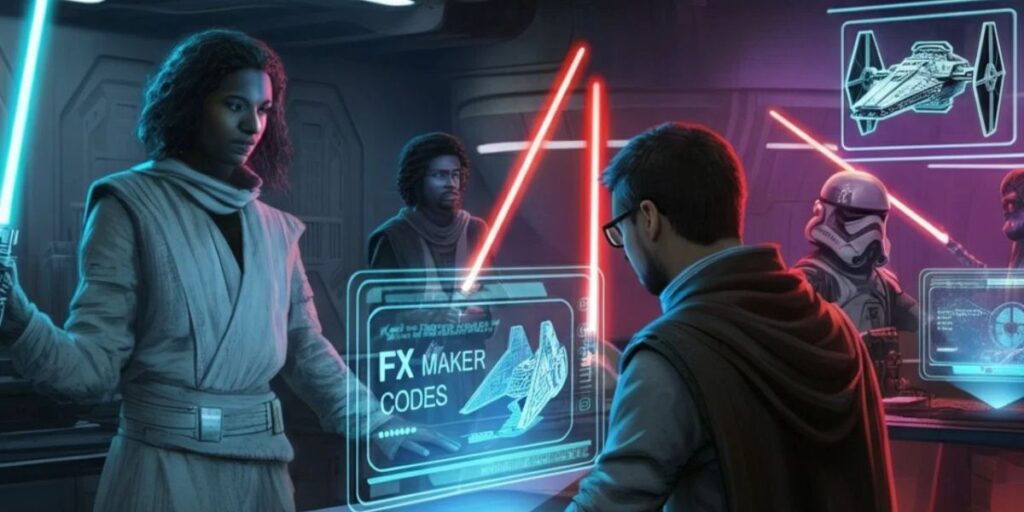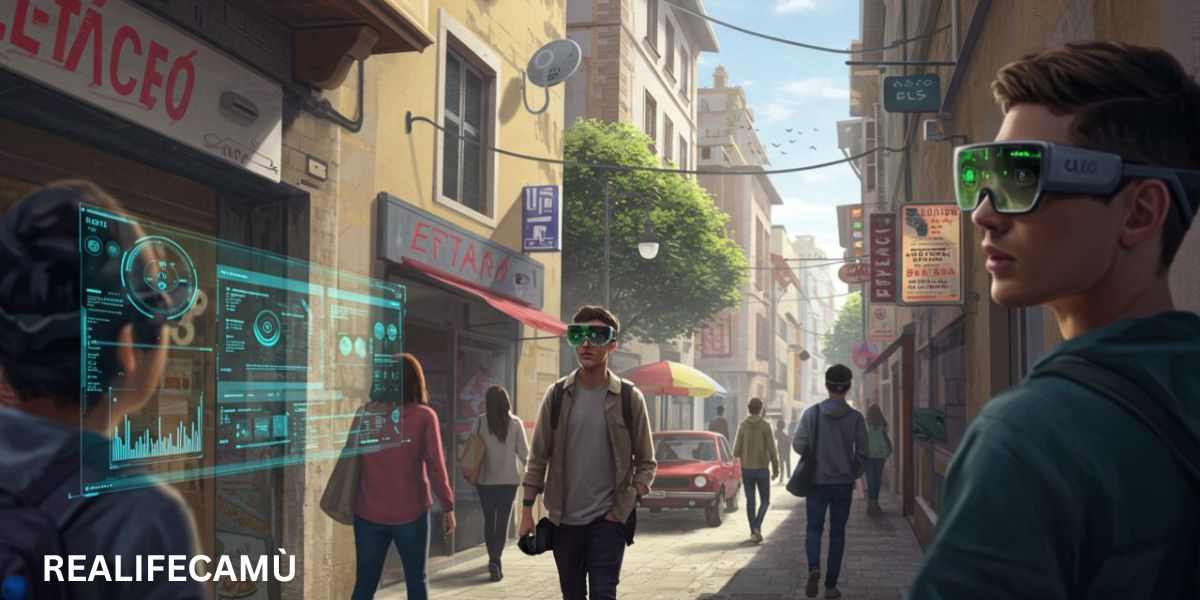The term Star Wars Movie FX Maker Codes refers to a collection of codes, tools, and instructions used by fans, creators, and filmmakers to generate, replicate, or simulate the visual and sound effects characteristic of the Star Wars movies. These codes might be used in video editing software, online FX maker tools, or dedicated fan applications to produce lightsaber effects, blaster fire, starship hyperspace jumps, or the hum and rumble of the Force. Whether you’re an amateur content creator or an experienced FX artist, having access to accurate and adaptable FX maker codes can dramatically enhance the authenticity and quality of your project. Understanding how these codes work, where to find them, and how to apply them is crucial to achieving effects that resonate with the iconic cinematic style of the Star Wars universe.
What Are FX Maker Codes and Why They Matter
FX Maker Codes are predefined parameter sets, presets, or scripts that control visual or auditory effects generation in software. In the context of Star Wars, these codes might dictate the coloration of a lightsaber glow, the speed of a hyperspace warp effect, or the audio pitch and echo of a blaster shot. These codes are often shared as text-based configurations, JSON files, or simple toggles in FX software. Their importance lies in consistency and repeatability; using codes ensures that if you or someone else wants the same effect later, you can apply the exact same settings. For creators trying to mimic or pay homage to Star Wars effects, using these codes prevents trial and error, saves time, and elevates the end result in terms of visual or auditory fidelity.

Types of FX in Star Wars: Visual vs Audio Codes
When dealing with Star Wars Movie FX Maker Codes, it’s essential to distinguish between visual effects and audio effects codes. Visual codes handle light-based phenomena: saber blade glow, particle effects like sparks or cosmic dust, starfield backgrounds, or the luminescence of engine afterburners. Audio codes control the sound design: the crackle of a TIE fighter, the roar of a Star Destroyer’s engines, the iconic hum of the lightsaber, or the resonance of the Force theme. Some FX maker tools support combined visual/audio presets—these allow you to sync the glow of a weapon with its sound, for example, making the saber sweep accompanied by a specific blade hum coded to react to motion or position. Understanding which type of code you’re using (visual, audio, or combined) and how they interact is foundational to creating immersive Star Wars-style content.
Where to Find Star Wars FX Maker Codes
Finding reliable Star Wars FX Maker Codes can be done through several channels. First, official resources such as licensed game modding communities or software plugins sometimes share FX presets modeled after Star Wars effects, often under fan license or with permissions. Second, online FX maker tools and editors may provide built‑in code libraries or marketplaces where users contribute code packs. Third, forums, subreddits, Discord servers where amateur FX artists share their custom codes. Fourth, tutorials and YouTube channels where creators walk through building effects from scratch and publish their final code or preset files. Importantly, when acquiring codes from community sources, check permissions and licensing—if you plan to use the effects commercially, you must be sure that codes or assets used do not infringe on rights. Always test codes in your tools to ensure compatibility, since software versions or rendering engines may handle parameters differently, so codes that worked elsewhere may require tweaking.
How to Use Star Wars FX Maker Codes in Your Projects
Once you’ve obtained a suitable set of FX maker codes, applying them to your project involves several steps. First, choose the correct FX tool or software: this could be Adobe After Effects, Blender, Unreal Engine, Unity, or more specialized FX maker apps. Next, import or paste the code or preset into that tool, sometimes through plugin interfaces or via loading scripts or configuration files. Then tweak settings like color hue, intensity, glow radius, duration, motion blur, audio volume, reverb—each code may include adjustable parameters. For instance, a lightsaber blade preset might include parameters like blade core width, glow outer radius, flicker amount, color saturation. To synchronize with audio codes, align the timing of the visual sweep with sound onset. Render test clips to see how it looks in motion, make iterative adjustments until the visual‑audio pairing feels convincing and cinematic, matching the Star Wars aesthetic.
Popular FX Maker Tools Supporting Star Wars‑Style Codes
To make full use of Star Wars Movie FX Maker Codes, creators often rely on specialized software. Popular tools include Blender, which supports node‑based shaders and allows for detailed light glow, particles, and volumetric effects. Adobe After Effects is a favorite for its plugin ecosystem—tools like Saber, Trapcode Particular, or Optical Flares can replicate iconic lightsaber and engine glow. Unreal Engine offers real‑time effects and particle systems well‑suited for cinematic sequences or interactive applications. Unity also supports both real‑time and baked effects, useful in games or interactive experiences. There are also niche FX‑maker apps and online tools that allow non‑experts to apply codes via simplified UIs. When selecting a tool, ensure it supports the types of codes you have (some may not support audio, some may not support particle systems or volumetric lighting) so that your FX maker codes do their full justice.
Example of a Lightsaber FX Maker Code Breakdown
To illustrate how a typical Star Wars Movie FX Maker Code might be constructed, consider a hypothetical lightsaber preset. The code might define a core color (e.g., deep red or blue, often with RGB values), an outer glow radius parameter that determines how far the blade’s glow bleeds into surrounding space, a flicker variation value (to simulate unstable energy), a motion blur or trailing effect value (for saber sweeps), and an audio parameter mapping (trigger blade hum or ignition sound). For example, the code might say: core_color: (0, 0, 255) for blue, glow_radius: 120, flicker_amount: 0.05, trail_length: 2.5, audio_trigger: “lightsaber_ignite.wav”, hum_loop: “lightsaber_hum_loop.mp3”, sound_volume: 0.8. By adjusting these values you alter the shade of blue, the brightness, how sharp or soft the glow edges are, how much motion blur appears, how loud the hum is. Understanding what each parameter does helps you adapt a shared code to your own scene lighting, camera angling, and audience expectations.
Common Challenges and How to Overcome Them
Applying Star Wars Movie FX Maker Codes is not without challenges. One common issue is software compatibility—a code designed for one version of a plugin or rendering engine may behave differently in another. Colors might shift, glow algorithms may differ, and audio synchronization might lag. Another challenge is render times and performance—high glow radii, volumetric lights, or high‑quality particle systems demand processing power, and may slow down previews or final renders. Also, matching lighting and scene context is tricky—if your scene has warm ambient lighting, a blue saber may reflect off surfaces in unexpected ways, making it look unnatural unless adjustments are made. To overcome these challenges, always test codes in context, begin with low‑quality preview renders, tweak color correction, use proxy objects, optimize particle counts, limit glow length, or pre‑bake certain effects. Learning to combine FX maker codes with composition, lighting design, and color grading is often what separates amateur‑looking effects from cinematic ones.
Legal and Ethical Considerations When Using Star Wars FX Codes
While fans often share FX maker codes freely, Star Wars is a licensed property, which means Lucasfilm, Disney, and associated right holders maintain copyright and trademark controls. If you are using or distributing codes that replicate highly recognizable Star Wars‑original visual or audio assets (for example, exact sound effects from the films, official saber hum recordings, visual textures that match official design proprietary to the films), you could be infringing. For purely personal or non‑commercial use, risk is lower, but for any commercial usage or public distribution it is safest to use assets that are officially licensed, in the public domain, or created wholly by yourself or shared with clear permission (open licenses, Creative Commons, etc.). When in doubt, credit the sources, verify licensing, or even better, design your own variations or use royalty‑free assets so your FX maker codes remain both impressive and legally sound.
Tips for Creating Your Own FX Maker Codes
If you want to move beyond using shared codes and begin building your own Star Wars style FX Maker Codes, start by studying reference materials: film stills, concept art, behind‑the‑scenes videos that show how lighting interacts with environments. Learn the underlying physics of light: bloom, scattering, reflection, refraction. Experiment with different shader graphs to build custom glow profiles. For sound codes, record ambient sounds, build synth hums, or layer effects. Use modular coding so you can flip or adjust parameters easily (for example separate parameters for color, intensity, glow radius, trail decay). Maintain good organization in your code libraries—document each effect’s purpose, version compatibility, and any performance considerations. Share early versions with peers for feedback. As you build a personal library of codes, you’ll gain proficiency in approximating or even innovating beyond standard Star Wars FX.
Real‑World Uses of FX Maker Codes in Fan Projects and Media
Many fan films, YouTube tributes, game mods, and independent creators have used Star Wars Movie FX Maker Codes to produce remarkably convincing visuals. For example, creators building fan lightsaber duels often rely on customized saber presets with trail effects, synchronized saber hums, and dynamic lighting that reflects onto surrounding environment geometry. Game modders sometimes inject visual effect packs into games to simulate hyperspace jump sequences or TIE fighter fly‑bys with warp streaks. Even cosplayers use small projection devices or LEDs driven by code mimicking the flicker, glow, and sound of lightsabers. Some creators produce tutorial content showing how to reverse‑engineer official Star Wars effects from trailers or film clips, extract parameter values, then rebuild similar effects using FX codes. In media production, indie filmmakers who license certain tools can buy or commission bespoke effect codes to enhance sci‑fi scenes without the budget of large studios. All of these uses attest to the power and versatility of effect codes when wielded with skill and intent.
Future Trends: Evolution of Movie FX Maker Codes
Looking ahead, Star Wars Movie FX Maker Codes are likely to evolve along several axes. First, real‑time rendering will become even more capable, meaning FX codes will need to be optimized for VR, AR, or live performance contexts. Second, machine learning may offer generative FX presets trained on Star Wars visual styles, enabling creators to input a still image or video and receive suggested codes or effects automatically. Third, sound design might leverage spatial audio or adaptive FX codes that respond to user movement or environment acoustics. Fourth, collaborative platforms may allow shared versioned code libraries where fans and professionals contribute, remix, and adapt effect codes over time. Finally, licensing models may become clearer—more open source or Creative Commons‑based Star Wars style codes (that avoid infringing on trademarks) may emerge so creators can work more freely while respecting intellectual property. The intersection of tools, community, and legal clarity will shape how accessible high‑quality Star Wars‑style FX become.
Conclusion
The world of Star Wars Movie FX Maker Codes offers creators and fans a complete framework to bring the visual and audio magic of the Star Wars universe to their own projects Whether you’re using shared presets or crafting your own, mastering these codes means understanding parameters—color, glow, flicker, trail, sound—and knowing how they interact with tools, rendering engines, and legal boundaries By combining technical skill with creative vision, you can produce effects that feel authentic, immersive, and evocative of that galaxy far far away
Other Articles You May Read:
Chainlist MetaMask TechEduByte: Your Ultimate Guide to Blockchain Network Management
Realifecamù: The Unfiltered Window into Everyday Life
Dopebox: Free Streaming Platform Facts You Should Know
Disclaimer:
This content is intended for educational and non-commercial purposes only. The techniques, FX maker codes, and visual/audio references discussed in this article are inspired by the Star Wars franchise but are not affiliated with, endorsed by, or officially connected to Lucasfilm Ltd., Disney, or any of their subsidiaries or affiliates. All Star Wars names, logos, characters, and related imagery are trademarks or copyrights of their respective owners.










